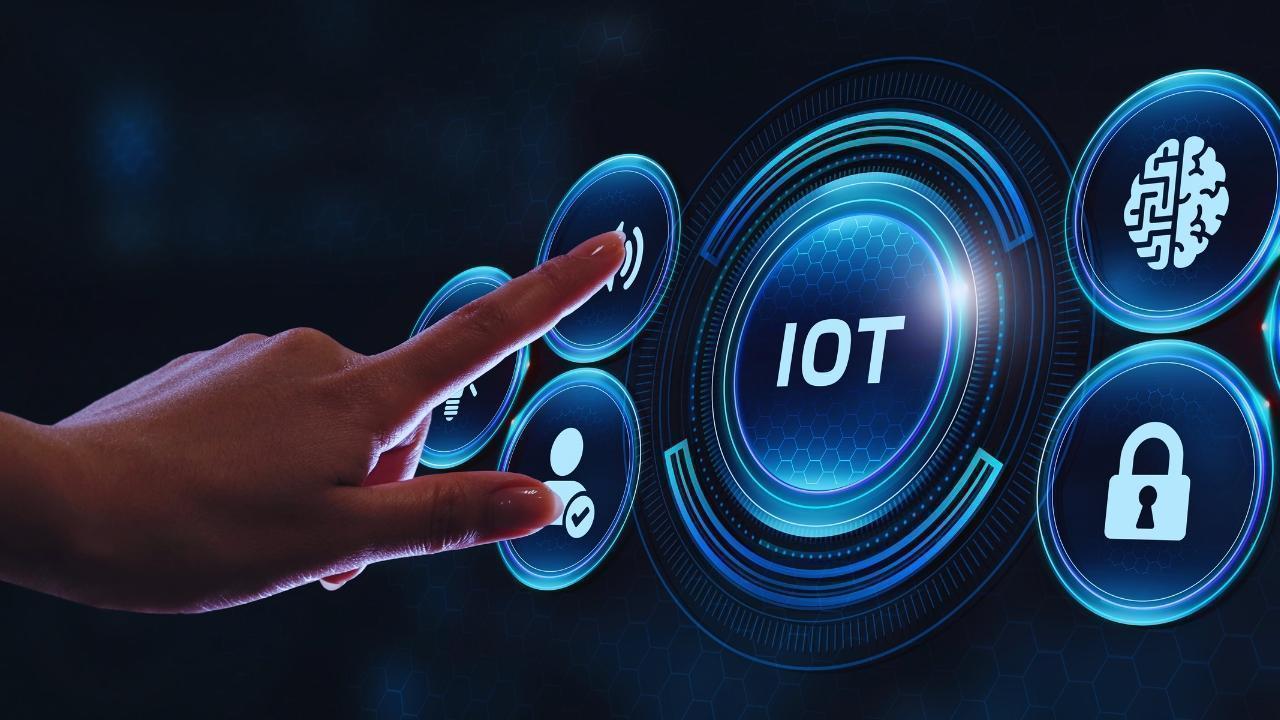You have not yet added any article to your bookmarks!

Join 10k+ people to get notified about new posts, news and tips.
Do not worry we don't spam!

Post by : Anis Farhan
In recent years, urbanization has surged across the globe, pushing cities to adopt smarter, more sustainable solutions for their growing populations. Traditional city infrastructure often struggles to cope with rising demands for energy, transportation, and communication. This is where the fusion of Internet of Things (IoT) and Edge Computing steps in, creating a seamless technological ecosystem that powers intelligent cities.
From Asia’s bustling metropolitan hubs like Singapore and Seoul to innovative urban centers in North America and Europe, the integration of IoT with edge computing has become a game-changer. This synergy provides real-time data processing and localized decision-making, which is vital for reducing latency and improving efficiency in city operations.
IoT refers to a vast network of interconnected devices that gather and exchange data through sensors, cameras, and smart systems. In a smart city setting, these devices are embedded into public infrastructure such as traffic lights, utility grids, and transportation networks. They monitor everything from air quality and energy consumption to traffic congestion and waste management.
The benefits are profound: cities can manage resources more efficiently, minimize pollution, and provide better services to citizens. However, transmitting massive amounts of data to centralized cloud servers often causes latency issues and strains bandwidth. This is where edge computing takes center stage.
Edge computing enables data to be processed closer to the source rather than relying on distant data centers. By analyzing information locally, edge systems significantly reduce response times, allowing instant decision-making. For instance, in traffic management, edge-enabled IoT devices can adjust traffic lights in real time based on current congestion, without waiting for instructions from a remote server.
This local processing not only enhances speed but also reduces dependency on high-bandwidth internet connections. For smart cities, this means greater reliability, resilience, and improved public safety during emergencies.
IoT sensors integrated with edge computing optimize traffic flow, reduce congestion, and improve road safety. Autonomous vehicles rely on edge processing for split-second navigation decisions. In Asia, cities like Tokyo and Singapore are leading in deploying intelligent traffic systems that communicate with vehicles and infrastructure seamlessly.
Smart grids equipped with IoT sensors and edge processing allow cities to balance electricity supply and demand dynamically. These systems can predict consumption patterns and automatically reroute power during peak usage, reducing the risk of blackouts. European cities such as Amsterdam are pioneering energy-efficient neighborhoods powered by this technology.
Edge-enabled cameras and IoT sensors monitor crime hotspots and alert authorities in real time. For instance, predictive policing systems analyze trends and identify potential threats before incidents occur, ensuring timely interventions.
Smart waste bins equipped with sensors alert collection teams when full, optimizing routes and saving resources. Similarly, IoT-based water systems detect leaks early, reducing wastage and protecting vital resources.
Asian countries have taken a proactive stance on smart city adoption. Singapore’s Smart Nation initiative is a global benchmark, focusing on creating interconnected systems for transportation, healthcare, and urban planning. Similarly, South Korea’s Songdo International Business District is a living example of IoT-driven urban planning.
India is also catching up with its Smart Cities Mission, leveraging IoT and edge technologies to enhance infrastructure and service delivery in rapidly growing urban areas.
Globally, investment in smart city technologies is projected to reach $873 billion by 2027, driven largely by IoT and edge computing innovations. The ongoing rollout of 5G networks will further amplify these efforts, enabling faster connectivity and more reliable device communication.
Moreover, sustainability goals and carbon neutrality commitments are pushing cities to deploy smarter energy systems. As climate change concerns escalate, edge-enabled IoT applications will play a critical role in reducing emissions and optimizing energy consumption.
Despite the promise, implementing IoT and edge solutions comes with challenges. Cybersecurity remains a primary concern, as interconnected systems can be vulnerable to hacking. Additionally, the high cost of infrastructure deployment and the need for skilled professionals can slow down adoption.
However, with governments and private sectors investing heavily in research and regulations, these obstacles are gradually being addressed.
The future of smart cities hinges on how effectively IoT and edge computing can work together. These technologies will continue to reshape urban environments, making cities more livable, sustainable, and responsive to citizens’ needs. For individuals, this means better quality of life, enhanced safety, and improved access to services. For businesses, it offers immense opportunities to innovate and grow in a tech-driven ecosystem.
The information in this article is for general knowledge and informational purposes only. It does not represent professional advice or official statements from government or tech authorities.










Two Telangana Women Die in California Road Accident, Families Seek Help
Two Telangana women pursuing Master's in the US died in a tragic California crash. Families urge gov

Ranveer Singh’s Dhurandhar Roars Past ₹1100 Cr Worldwide
Ranveer Singh’s Dhurandhar stays unstoppable in week four, crossing ₹1100 crore globally and overtak

Asian Stocks Surge as Dollar Dips, Silver Hits $80 Amid Rate Cut Hopes
Asian markets rally to six-week highs while silver breaks $80, driven by Federal Reserve rate cut ex

Balendra Shah Joins Rastriya Swatantra Party Ahead of Nepal Polls
Kathmandu Mayor Balendra Shah allies with Rastriya Swatantra Party, led by Rabi Lamichhane, to chall

Australia launches review of law enforcement after Bondi shooting
Australia begins an independent review of law enforcement actions and laws after the Bondi mass shoo

Akshaye Khanna exits Drishyam 3; Jaideep Ahlawat steps in fast
Producer confirms Jaideep Ahlawat replaces Akshaye Khanna in Drishyam 3 after actor’s sudden exit ov